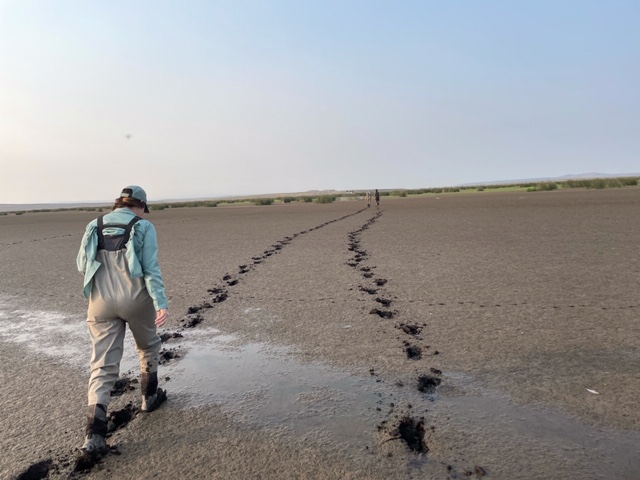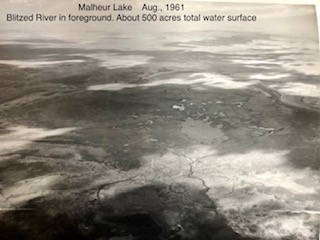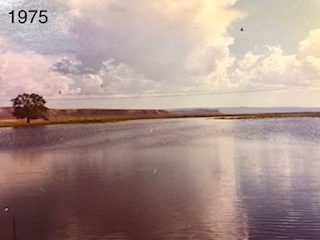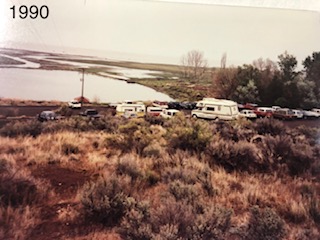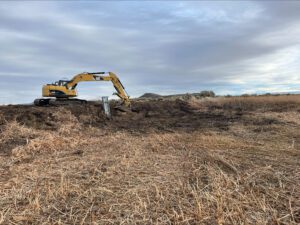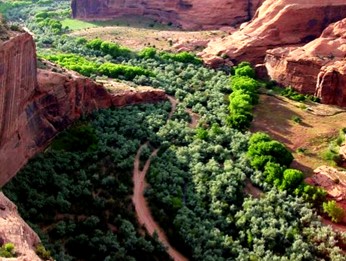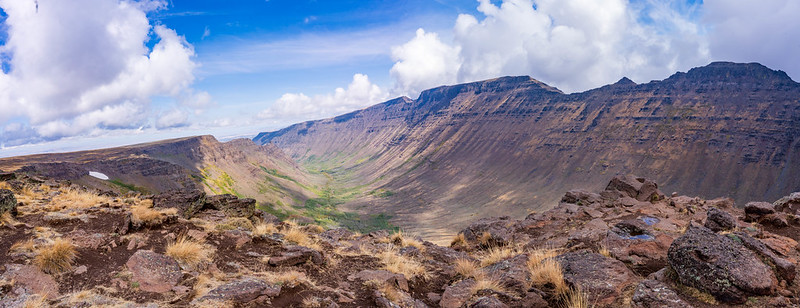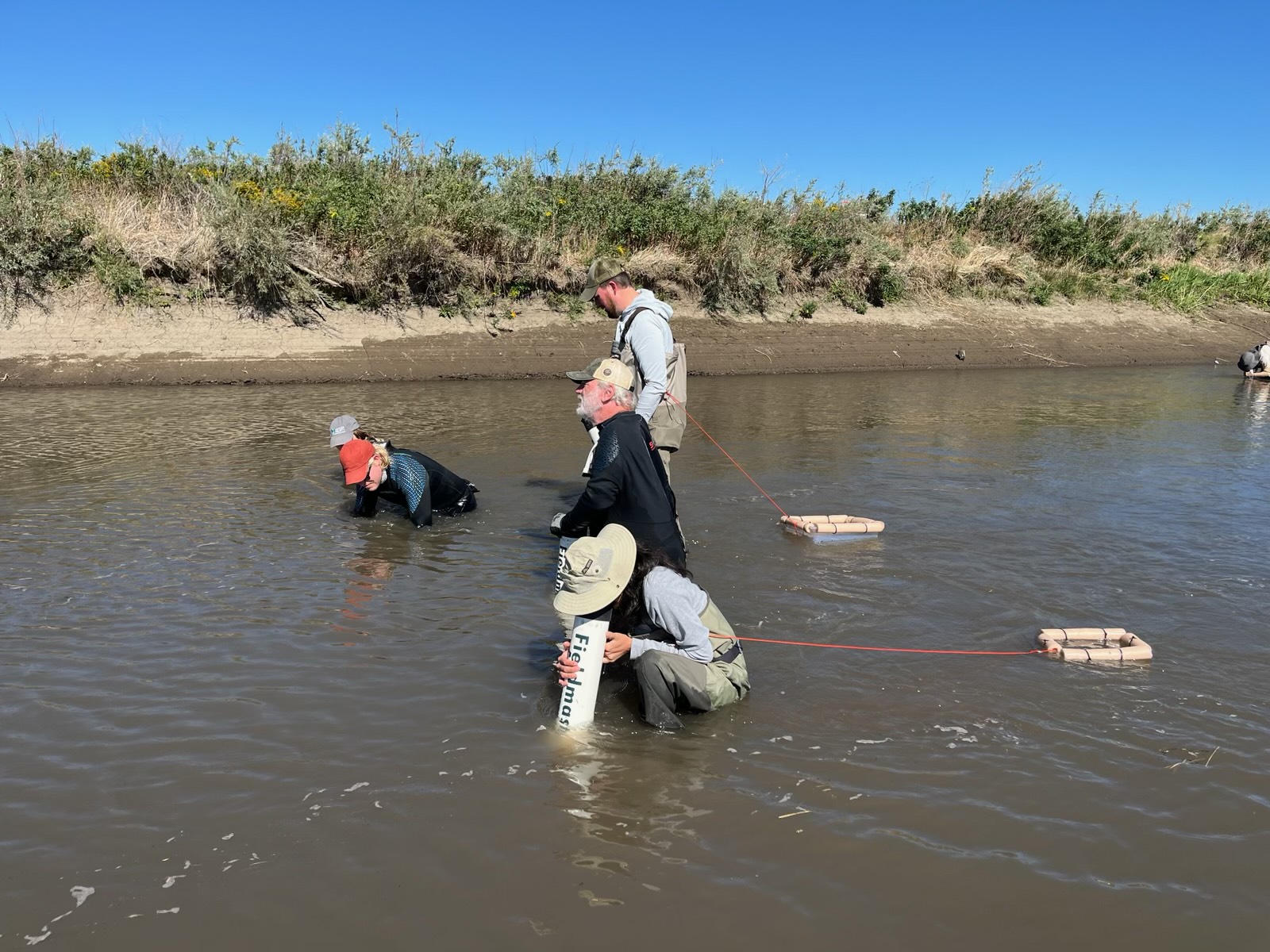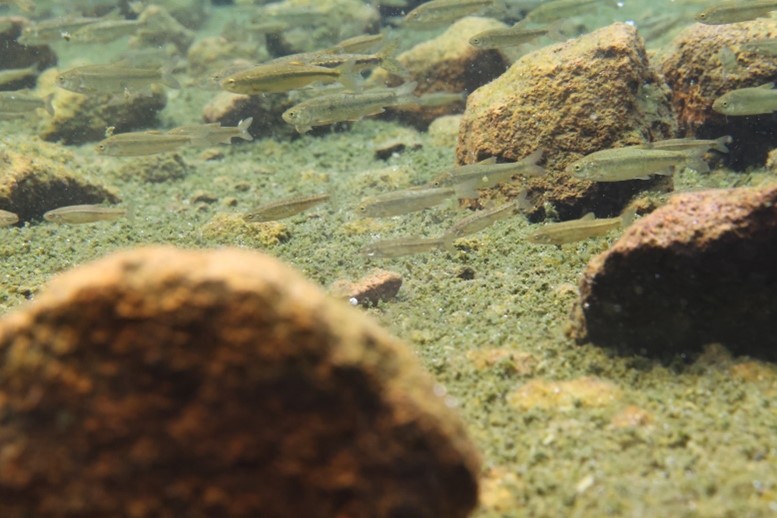Written by Carey Goss/ Photos from FWS Archives & Dominic Bachman
Water level fluctuations are characteristics of closed basins, and even today level of water can fluctuate dramatically from year to year. The largest watercourse influencing Malheur National Wildlife Refuge lands is the Blitzen River.
The Blitzen River drains the southern portion of the Donner und Blitzen sub-basin and receives most of its volume from Steens Mountain snowmelt. By the time the Blitzen River enters Malheur Lake the water has been captured to an area of 760 square miles. It is joined by a number of tributaries (Mud, Bridge, Krumbo, and McCoy Creeks) as it continues downstream. The importance of the river’s discharge as it enters the Blitzen Valley is to maintain Refuge wetland habitats for wildlife that depend on wet meadows and ponds.
The water delivery system of the Refuge is complex and a summary of how this system works is difficult to describe. However, the Refuge is legally mandated to conserve and protect migratory birds and other wildlife to achieve its establishing purposes. Addressing water is key to meeting this obligation, and full attention is given under management direction.
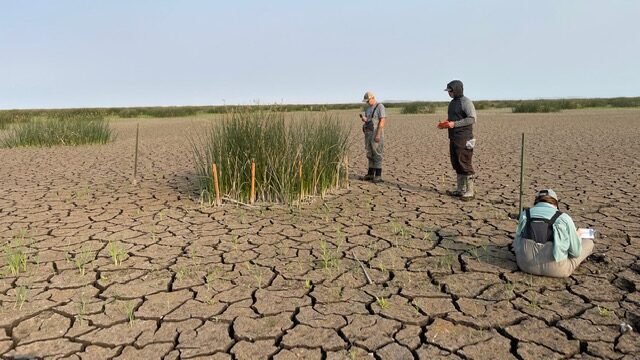

This year, the Refuge is experiencing an ongoing drought condition in the region and well below average snowpack on Steens Mountain. The Refuge is required to maintain a minimum flow of 25 cubic feet per second (CFS), a unit of measurement referring to the volume and speed of water flow, in the Blitzen River and 5 CFS in the East Canal per conditions of water rights for fish and wildlife habitat.
Left: Technicians collect data at a survey point that had been up to 2 ft under water in early May.
In mid-July, the Blitzen River was approximately 33 CFS and the flows continued to decrease. These conditions forced the Refuge to reduce and/or terminate flows to all wetland habitats in the Blitzen Valley, but the highest priority ponds for wildlife species. The consequence of these actions is that some ponds may become dry throughout the summer including Malheur Lake.
The cyclical trends of drought and flood in the Great Basin is not infrequent and yet fish and wildlife persist due to their resilience and ability to adapt to such conditions. This became apparent when Malheur Lake dried up in the 1930s.
Beginning in 1982, Malheur Lake began to rise as greater than normal precipitation occurs in the Harney Basin. By 1985, the lake level exceeded 4,102 feet, a rise of over 7.5 feet in just three years, and Malheur Lake reached 124,440 surface acres. The reverse is also common for Malheur Lake. Malheur Lake last went completely dry in 1934, and it reached its next lowest levels in 1961 and 1992, when the lake was reduced to 500 surface acres with a depth of 2 inches. Currently, Malheur Lake is under 21,000 surface acres.
The Refuge is committed to care for, conserve, and enhance the health of Malheur Lake and the Blitzen Valley, as well as the Double-O unit, that are all part of this landscape. The Great Basin has endured many severe droughts throughout the years and Refuge management is looking forward to future streamflow and water potential.

